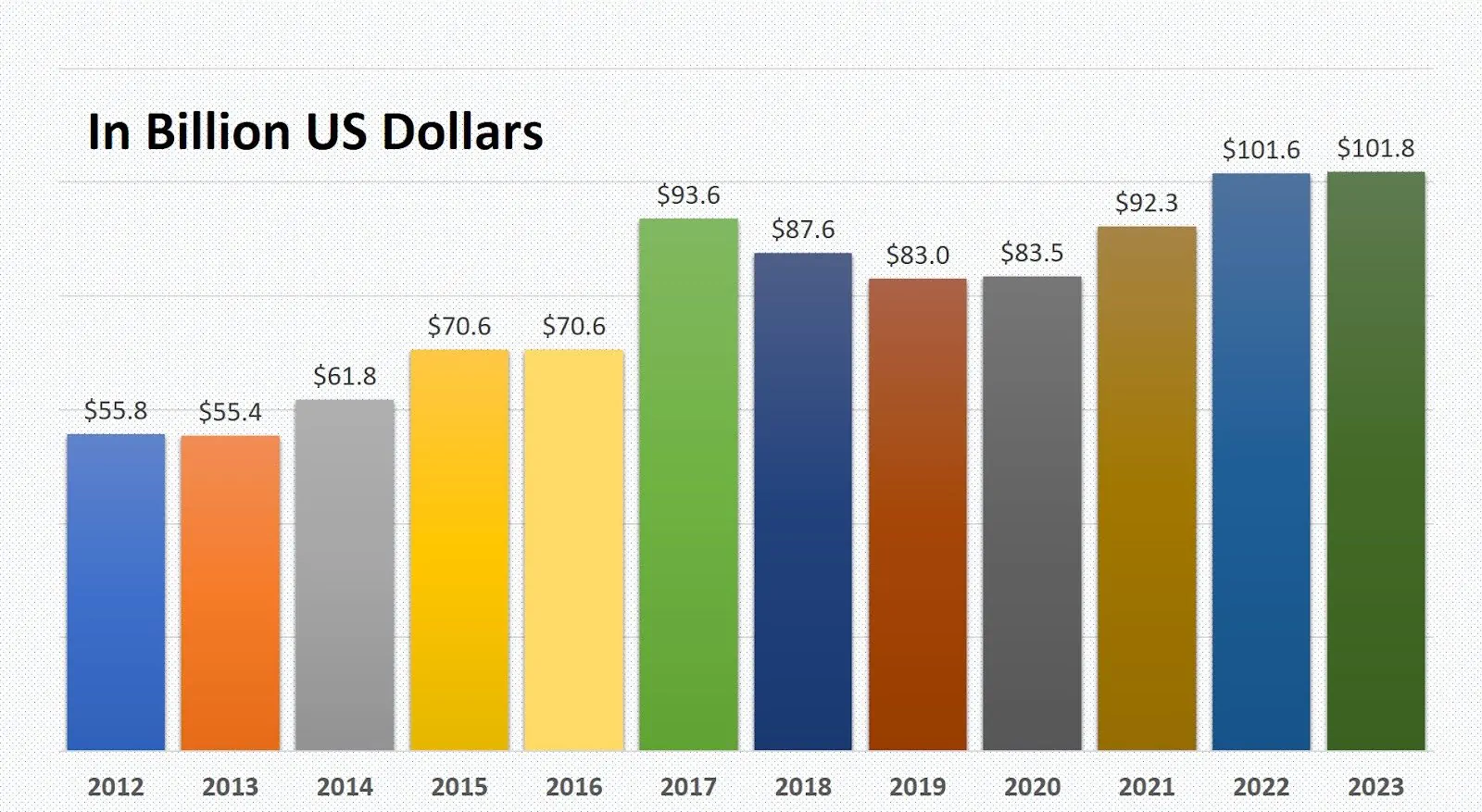Succession planning is a strategic investment that safeguards organizations from disruptive leadership vacancies, often taking years of thoughtful provision. This seamless change in leadership roles protects company survival. Yet, many US corporations fail to identify and prepare potential future leaders or key personnel in time. This costly oversight threatens company stability when the time for succession arrives. So, what can you do to prepare for smooth leadership transitions, and what are the consequences if you don’t? [1] [2]
Preparing for future leadership transitions is not a simple case of periodically delegating tasks to test individuals or handing out titles. It’s about cultivating a vibrant workplace culture of learning that builds and maintains a robust, diverse leadership pipeline.
Treating succession planning as a passive wait-and-see game is not a risk worth taking. However, a SHRM survey in 2021 found that 56% of US companies didn’t have a plan in place. And of those that did, only 21% had a formal strategy. Companies that rely on last-minute outside hires to fill senior gaps often endure high costs and significant disruption. [3]
This article examines why building a successful succession plan through strategic leadership development matters. You will see how investing in your emerging leaders early on is critical for a successful outcome. Plus, we explore the value of corporate leadership workshops and programs for helping develop your rising talent to equip your team for growth.
Why Leadership Succession Planning Matters
Succession planning isn’t just another human resource (HR) formality; it’s a strategic investment in the future of your organization. There are several good reasons for developing potential from within. In-house investments in rising talent and star performers secure a pool of qualified candidates ready to fill critical leadership positions. Preparing internal successors also mitigates the risk of losing key players to rivals. That means you won’t have to endure the significant costs, time, and turmoil associated with external recruitment and training.
The succession planning process is a win-win, benefiting both employers and employees.
| Benefits for Employers | Benefits for Employees |
| Ensures continuity of leadership and operations | Provides clear career advancement paths |
| Develops future leaders within the organization | Skills development and career growth |
| Fewer disruptions during leadership transitions | Increases job satisfaction |
| Helps attract and retain top talent | Invaluable knowledge transfer |
| Improves organizational resilience to change | Provides job security |
Recruitment and Retention: A Growing Concern!
Investing in leadership development and succession programs helps attract and retain the best talent. It shows candidates and current employees your company’s commitment to a growth-oriented culture and career progression. This is no small thing, considering the fierce competition for an ever-shrinking US talent pool. Well-prepared leadership transitions provide organizational stability, boosting investor confidence and customer trust. [4]
A report by the management consulting firm Korn Ferry predicts the growing lack of skilled workers will result in over 85 million job vacancies by 2030. Thus, companies that invest in the growth and well-being of their workforce are much better positioned to attract and retain the best people. Organizations that don’t invest in their talent will struggle to survive. [5]
Fortunately, investment in corporate training programs has been steadily rising since 2012. Unfortunately, though, not all companies invest in the most relevant courses and the right people or follow up on participants’ progress. If your succession plans are haphazard or neglected, you will lose out to organizations that have clear strategies.
The chart below illustrates the total US training expenditures from 2012 to 2023.

Data source: Statista Research Department
The Real Risks of Neglecting Leadership Succession
US firms find themselves in turmoil when they lose their best people to competitors and have no one ready to replace them. Losing top talent at short notice can have a severe impact on productivity and morale and even instigate a chain reaction. That’s right; others may decide to follow suit and quit if there are no clear growth opportunities in place. There’s also the risk of company shares diving, especially in the short term. But you don’t have to wait for a crisis to hit. All you need to do to avoid these unnecessary risks is invest in your workforce.
Identifying and Developing Your Emerging Leaders
Experienced leaders play a pivotal role in recognizing emerging leadership potential, which starts with smart observation. It’s not usually difficult to separate individuals who demonstrate initiative, strategic thinking, and the ability to inspire those around them. However, others may have latent leadership potential and a real ability to shine, given the right opportunities and support. Therefore, try to look beyond initial impressions and not choose your rising talent based solely on initial observations.
Ability is not only about specific skills or even experience. Leaders should also consider a person’s behavioral traits and personal qualities that suggest leadership capabilities.
Here are five key areas to consider when assessing the potential of in-house talent. Add anything to these categories as they pertain to your industry and culture:
#1 Vision and Forward-Looking Inspiration:
- Strategic thinking
- Influence and motivation
#2 Resilience and Adaptability:
- Courage and perseverance
- Problem-solving and flexibility
#3 Effective Communication and Collaboration:
- Clear, concise communication skills
- Teamwork and empathy
#4 Personal Growth and Development:
- Committed to continuous learning
- Embraces constructive criticism
#5 Ethical Leadership:
- Upholds strong ethical principles
- Decision-making abilities
Beyond Titles: Recognizing Potential Leaders
Remember, leadership potential is multifaceted and varies between businesses and industries. Even so, it’s best to consider individuals with a combination of qualities and skills who commit to growth. Also, be mindful of unconscious bias during the selection process. According to a 2020 study, unconscious bias hinders career progression, and that’s a potential loss for companies and individuals. The best way to avoid this is to outsource some aspects of training to a reputable leadership development company like EWF International. [6]
Invest in Emerging Leadership Training Programs

Emerging leadership programs combat bias by using diverse mentors, objective evaluations, and external oversights. This targeted training helps organizations create a much fairer path for promising talent to ascend. Skillfully tailored courses help equip your future leaders with the critical skills needed to ensure organizational continuity while preserving culture.
Professional leadership development companies offer external perspectives, diverse resources, and up-to-date expertise. They design programs without preconceived notions, placing focus solely on preparing high-potential individuals for effective succession.
——————————————————————————————————————————-
Secure Your Tomorrow: Invest in Future Leaders Now!
Is your company ready to build a resilient, adaptable, and future-proof organization prepared for the unexpected? Cultivate a strong leadership pipeline and shape your leaders of tomorrow with EWF’s Emerging Leaders Program. Let our coaching experts empower your rising talent with the skills, confidence, and networks they need to tackle tomorrow’s challenges.
Learn How EWF Can Unleash Your Leadership Potential
——————————————————————————————————————————-
Empowering Growth with Leadership Workshops
Some companies opt for leadership workshops over intense programs, while others may use a combination of the two. Workshops tend to be shorter sessions focused on specific skills, while courses offer a more structured learning experience with broader knowledge and skill development. If you’re unsure, discuss your succession planning needs with a professional leadership development consultant. They will help you tailor the perfect fit based on company expectations, time, budget, and commitment levels.
The Hybrid Approach to Nurturing Leadership
Outsourced leadership development and succession planning should complement in-house experience-based learning, not replace it. While internal experience lays the foundation, external training offers fresh perspectives and new tools. Interactive peer advisory groups or forums provide confidential spaces where aspiring leaders can hone their newfound skills. Secure forums are invaluable platforms for gaining and sharing valuable insights.
Consider in-house mentoring programs to pair potential successors with veteran leaders within your organization. Personalized guidance fosters and maintains a culture of learning and effective leadership development. This hybrid approach empowers talent from within while leveraging external training for added perspectives and richness.
Also worth noting is that coaching or leadership guidance has no graduation, not even at the top. There is always room for personal improvement, especially within the New American Workplace and post-pandemic worker demands. A 2013 study found that around 67% of CEOs receive no outside leadership advice, yet most said they would welcome it. [7]
—————————————————————————————————————————
Build an Effective Succession Plan with Peer Support
Join EWF’s Executive Peer Advisory Forums for industry-specific groups. Our platforms empower you with quality peer support and advice, including proven strategies for developing seamless succession plans. Discover practical solutions and tap into the collective wisdom of seasoned leaders within our highly confidential, high-trust environments.
Click Here to Learn More About Our Leadership Forums
——————————————————————————————————————————-
In Closing: Setting the Stage for Seamless Transition
A chaotic leadership vacuum costs US corporations billions annually, but you don’t need to be part of this statistic. Instead, unlock the potential of your future leaders and embrace effective succession planning as a strategic necessity, not an option.
Promoting a culture of continuous education and development ensures a smooth leadership transition. Set clear goals for your successors and provide them with quality internal and external resources to facilitate personal growth. These talent management initiatives help maintain organizational stability, attract promising candidates, and retain your workforce.
——————————————————————————————————————————-
Resource Links
- https://ijrpr.com/significance-succession-planning-in-organizations/
- https://hbr.org/ill-prepared-succession-planning/
- https://www.shrm.org/no-succession-planning/
- https://markets.businessinsider.com/shrinking-talent-pool/
- https://www.kornferry.com/85M-job-vacancies-by-2030/
- https://www.hlb.global/unconscious-bias-study/
- https://www.gsb.stanford.edu/executive-coaching-survey/
——————————————————————————————————————————-




